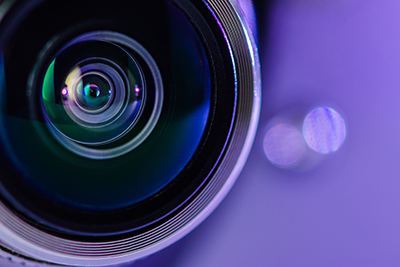Robots have long been used to assist humans with tasks that are dangerous, dirty, or repetitive. Since the first automated systems were introduced, robot manufacturers and integrators have always prioritized safety in their designs. Today, as robotics become more advanced and integrated into production lines, the role of machine sensors in ensuring human-robot collaboration is more critical than ever. The earliest approach to robot safety involved isolating them from human workers by using physical barriers like fences or cages. Over time, additional safeguards were introduced, such as limiting the speed and force of robotic movements. Now, with the advancement of machine sensor technology and improved computing power, robots can interact more intelligently with their environment. Machine sensors give robots the ability to "see" or "feel" what’s happening around them. This allows them to detect obstacles, including people, and react accordingly. For example, if a worker gets too close, the robot can slow down or stop entirely. These real-time responses significantly enhance the safety of both workers and equipment in shared workspaces. As safety technologies evolve, collaborative robots—commonly known as cobots—are becoming increasingly popular in manufacturing. Unlike traditional industrial robots, cobots are designed to work alongside humans without the need for physical barriers. They come equipped with several safety features, such as safety-rated monitored stops, power and force limiting (PFL), hand-guiding, and speed and separation monitoring. Cobots use PFL to ensure safe interaction with humans. This means they can operate at normal speeds even when people are nearby. In the unlikely event of a collision, the force is limited enough to prevent injury. Additionally, cobots can stop immediately upon detecting contact. While cobots are generally safe, some of their attachments or payloads might still pose risks. That’s where machine sensors step in to provide an extra layer of protection. With the integration of artificial intelligence (AI), machine sensors are now capable of much more than just detecting movement or identifying a person. Modern AI-powered systems allow robots to recognize objects, understand their surroundings, and assess potential risks in real time. This level of awareness enables robots to make smarter, safer decisions. AI systems can respond based on human behavior—such as how fast someone is approaching or whether they're on a collision course. The robot can then decide whether to stop immediately or simply slow down. Some systems even allow robots to detect when a person is moving away and resume normal operations. This dynamic adaptability makes AI-driven robots more efficient and safer in complex environments. Discover how machine vision solutions from Genesis Systems can help reduce manufacturing defects, streamline production processes, and enhance workplace safety. With cutting-edge sensor technology and smart automation, your facility can achieve higher efficiency while keeping workers protected. Silicone Roller,Silicone Rubber Embossing Roller,Conductive Roller,Traction Transmission Roller Jiangyin Mingda Rubber Roller Co,Ltd , https://www.mingdaroller.comWhat Role Will Machine Sensors Play in Improving Robot Safety in Manufacturing?

Sensors Help to Make Robot Workcells Even Safer
Collaborative Robots Boost Production Line Safety
Artificial Intelligence Improves Robot Safety in Manufacturing